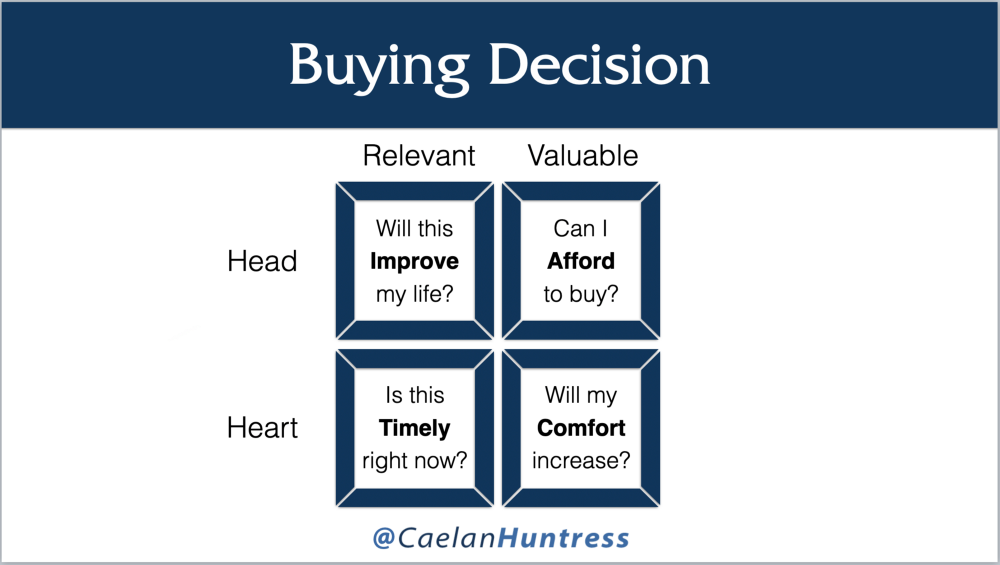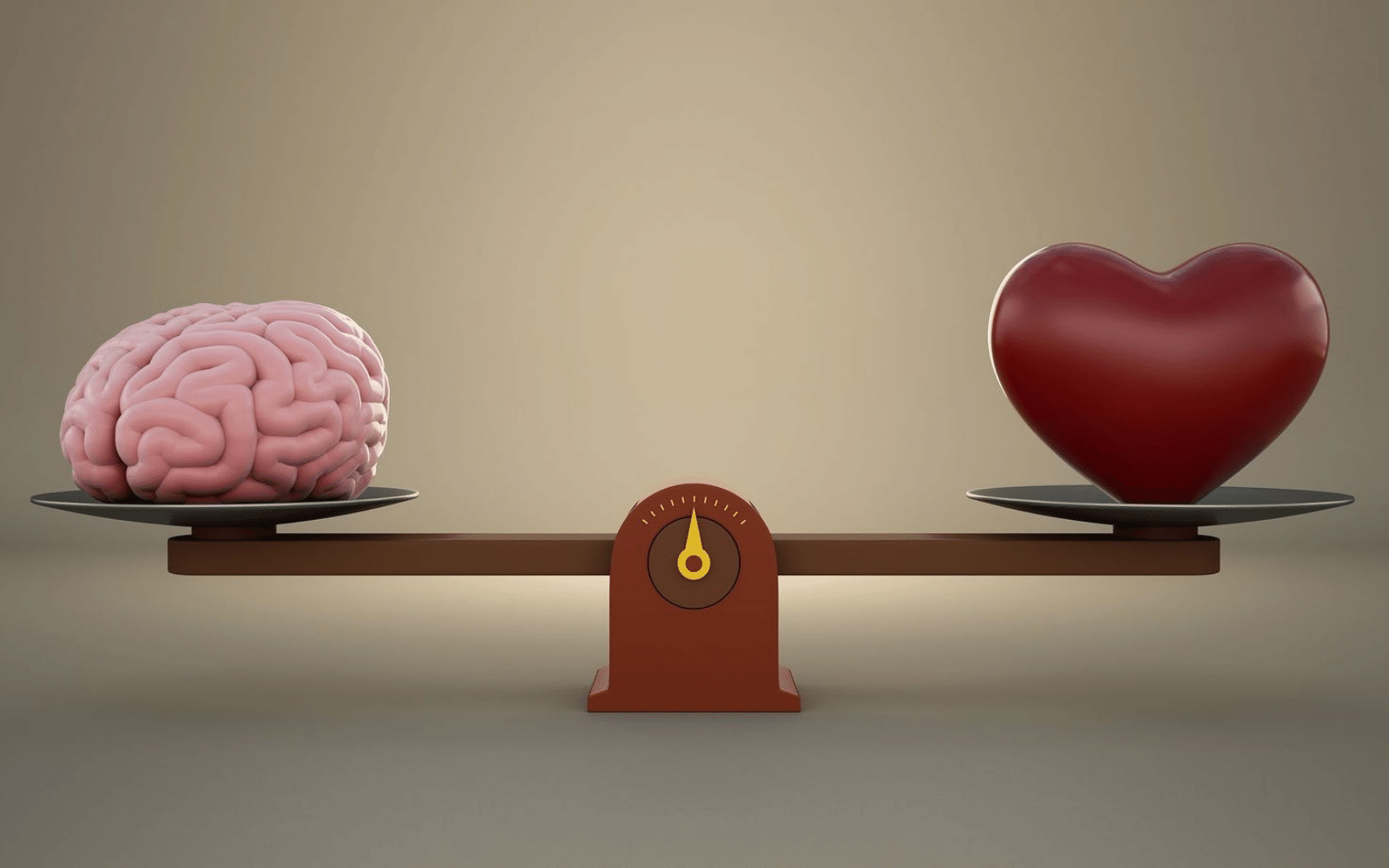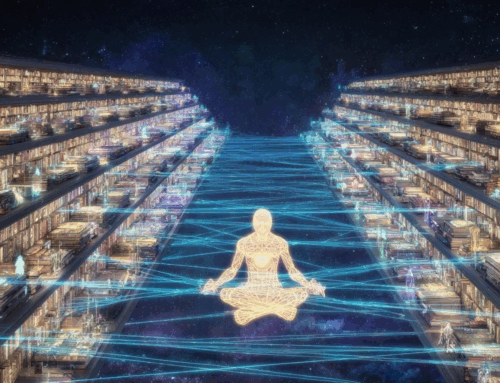Sell to the heart before trying to convince the mind
On my third day stranded in the airport, I began to make bad decisions.
The kids were hungry — again. The healthy snacks my wife prepared had run out yesterday. The food choices near the gate looked appetising, despite the behaviour problems that we know pre-packaged foods cause in the sensitive stomachs of our children.
Traveling for five days with my wife and three young kids, we were bumped from two consecutive flights. There were still two more days of travel ahead of us until we finally made it to New Zealand. LAX is not the best of airports, and my resilience was fading.
We could have left the airport and taken a taxi to a health food store, to prepare wholesome, nutritious, and bland meals for everyone. This would have taken hours, cost a bunch of money, and we would have to go through security again. Or, we could just buy them tasty sandwiches.
My head said: make the extra effort, spend the extra money, do what’s right.
My heart said: buy the cheap food now, it’s too much effort to do this right.
This constant struggle, between our heads and our hearts, is how we make buying decisions. Understanding this struggle is the key to convincing someone to buy from you.
Emotions And Logic Are Often At Odds
It’s almost like you have two different personalities on your internal decision-making committee: the junkie and the janitor. The junkie is your quick-fix, do-it-now, impulsive heart. The janitor is the one who is cautious about making messes that have to be cleaned up later.
What your inner junkie wants is not always the same as what your inner janitor wants. My inner janitor was worried about the behavior of my kids on the long plane ride across the Pacific, later. My inner junkie wanted to fix the hangry behavior of my kids at the airport, now.
When you can find a solution that satisfies both the junkie and the janitor, that’s a sweet spot where you can make an offer that people will buy.
When you can’t do that, sell to the junkie, and not to the janitor.
Logic doesn’t convince us to buy
With an EEG monitor, we can measure what happens in our brains while we look at advertisements. Researchers published findings in the Journal of Neuroscience, Psychology, and Economics that measured neural activity of people viewing two different kinds of advertisements: logical persuasion and nonrational influence.
Logical persuasion uses facts and figures to convince your head why a purchase makes logical sense. Nonrational influence uses evocative imagery associated with a product to get your heart to feel a certain way.
When viewing ads with logical persuasion, participants showed high activity in the regions of their brain that made decisions, such as the amygdala and the hippocampus. Evaluating benefits against risks and calculating numbers can prevent us from making bad impulse purchases.
Nonrational influence ads use lots of powerful imagery and little text. They do not provoke high neural activity in the decision-making parts of our brains. This means buying resistance is lower when we are only being influenced emotionally.
If your brain is evaluating whether you should make a purchase, you are more likely to find reasons not to purchase. By providing logical facts and figures, we stimulate the part of the brain that encourages our inner janitor to say ‘no.’
The emotional language of the heart only decides whether we want to purchase. The decision-making parts of the brain are not as active. Our inner junkie is ready to say yes, regardless of consequences.
“The most startling truth is we don’t even think our way to logical solutions. We feel our way to reason. Emotions are the substrate, the base layer of neural circuitry underpinning even rational deliberation. Emotions don’t hinder decisions. They constitute the foundation on which they’re made!” — Douglas Van Praet
Sell To Emotion, Justify With Logic
Your head and your heart are each going to ask: Is this relevant? And, is this valuable? You get a positive buying decision by answering both of these questions for the head and the heart.

Each of these four questions focuses on one of the four currencies:
- Status
- Money
- Time
- Happiness
Every purchase is made because it improves at least one of these four currencies. If a purchase improves all four currencies, that is an easy sell. A good purchase improves at least one currency for the head (status, money) and one currency for the heart (time, happiness). If you don’t improve both, people will find it easy to say no.
Having logical reasoning on your sales page is good, but if it’s only about money saved and status improved, your conversion rate will be low. The best sales pages focus on time and happiness in the headlines, and use logical justifications below the fold.
We Trust Our Emotions
The brain processes emotion and logic very differently. Even if you can’t logically justify a decision, you sometimes go against your reason because of a ‘gut feeling.’ We have non-rational senses that signal when an illogical decision is still the correct one.
In the Iowa Gambling Task Study, participants were given 4 decks of cards. Out of those 4 decks, they were told to draw 100 cards total. Some cards gave rewards, and some gave penalties. The participants were playing to win more rewards than penalties. What they did not know was: the decks were stacked.
Some decks were pre-set to provide more rewards, while others were pre-set to give more penalties. After drawing about 80 cards, most participants figured out which was which. They could logically deduce which decks would give the maximum reward, and drew their final 20 cards from the good decks.
After the first 10 cards, however, many people registered high levels of emotional anxiety when reaching for the bad decks. Their emotions warned them away from making bad decisions, even as their rational brain was still trying to figure things out.
According to Gerald Zaltman at Harvard Business School, 95% of purchase decisions are subconscious. Our brains are massive supercomputers, and our conscious mind is only a superficial layer. We will often rely on the processing power of the subconscious mind to ‘feel’ our way to the right decision. The moment we decide to buy, in our heart, is separate from the rational, logical justification for buying.
That’s why we need to separate the Call-to-Action from the Buying Decision.
- Call-to-Action: Invitation to make a purchase
- Buying Decision: Inner choice to make a purchase
The Call-to-Action appeals to the head. This gives you a logical, step-by-step method for exchanging value with someone else. But the Buying Decision is internal. It does not happen on a website, or a contract, or a checkout process. The Buying Decision is when your heart gives permission to your brain to proceed. The heart can even override your logic, if necessary.
Logical reasons without agitated emotions will not easily trigger a purchase. Outbrain found that headlines with negative superlatives (such as ‘never’ or ‘worst’) perform 30% better at gaining attention. ‘Sex sells.’ ‘If it bleeds, it leads.’ When you create an emotional reaction, people will take action, even if the logical brain has reasons against it.
The head and the heart are separate, and they need to be treated separately. As Jeffrey Gitomer says, ‘People hate to be sold, but they love to buy.’ You can’t just sell with only a logical Call-to-Action. You also need to influence the Buying Decision, which is made in the heart.
“The fastest way to the brain is through the heart.” — Gabrielle Dolan
Make Pathos The Priority
To make a message that persuades, connect with the heart before the head. In Aristotle’s Rhetoric, he defined the three elements of persuasion:
- Ethos — your character, experiences, and education
- Logos — your argument’s logic, and supporting evidence
- Pathos — the emotional connection you make with your audience
When Carmine Gallo analysed 150 hours of TED talks, he found the most popular presentations contained 65% pathos, 25% logos, and 10% ethos.
Logic was the least persuasive, and emotion was the most. Look at your sales pages, your promotional newsletters, and your content marketing, and multiply the pathos.
For every bit of logos — for every statistic, justification, or logical reason someone should buy — try to use 2–3 emotional reactions. Every bullet point for the inner janitor should be surrounded by 2–3 points for the inner junkie. If you can convince the heart more than the head, you will convince more people to buy what you sell.
This article is an excerpt from my book, ‘Marketing Yourself.’ You can read the whole book here.






Leave A Comment